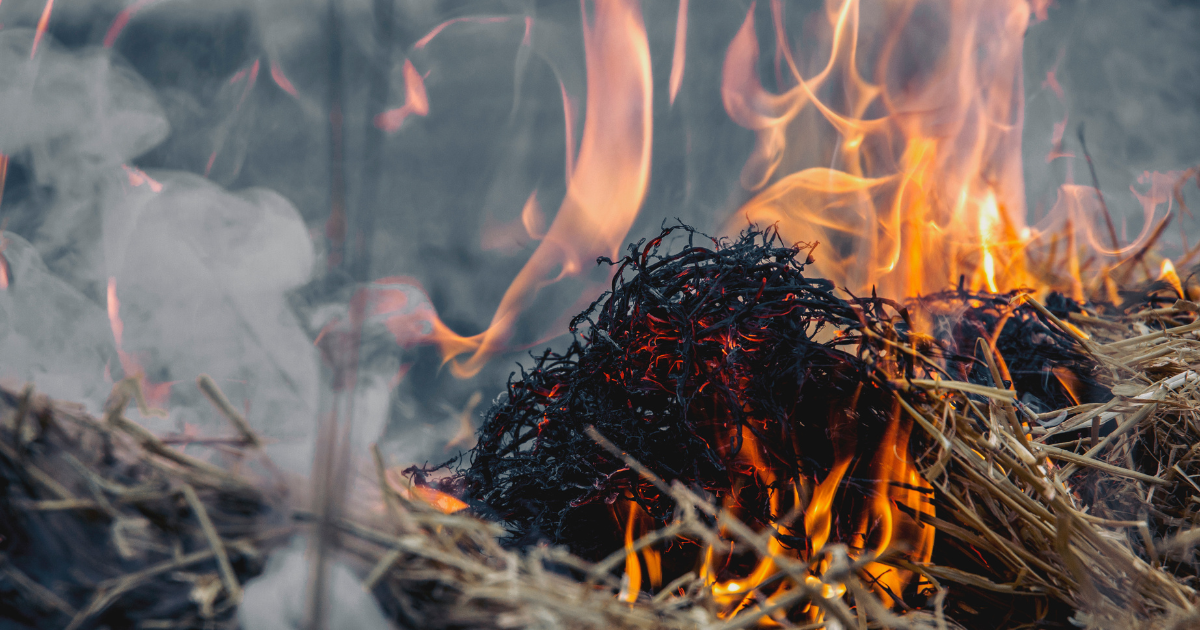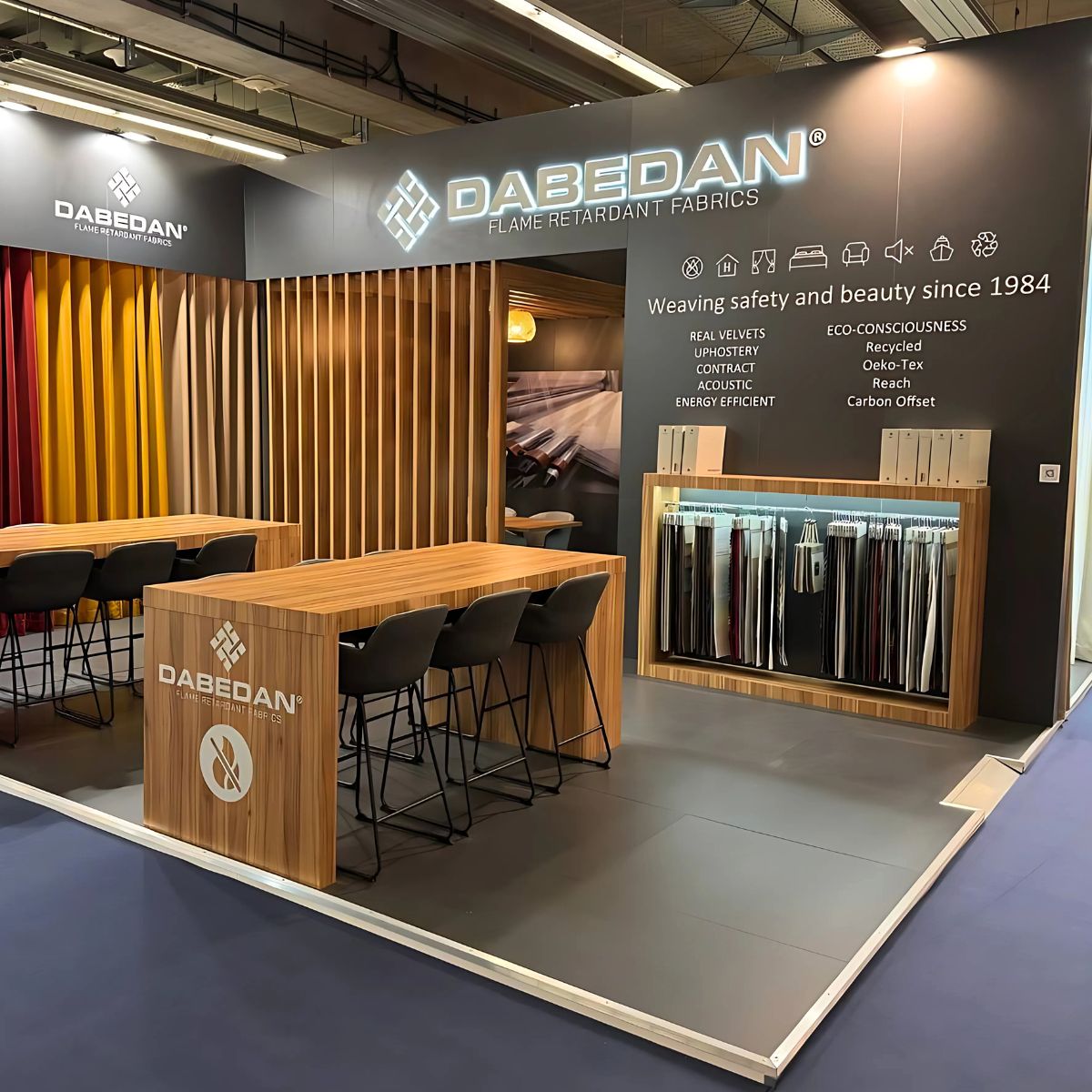Spontaneous combustion of materials

Spontaneous combustion is a critical phenomenon that can lead to dangerous fires, especially in environments where highly flammable materials are present. Understanding this process, the substances prone to it, and the regulations in place can help prevent severe accidents. This article delves into the intricacies of spontaneous combustion and offers practical advice on how to prevent it.
What is spontaneous combustion?
Spontaneous combustion refers to the self-ignition of a material without any external heat source. Unlike fires caused by an open flame or spark, spontaneous combustion occurs when materials generate heat internally through chemical reactions, eventually reaching a temperature high enough to catch fire. This process is particularly hazardous because it can occur unexpectedly, often in environments where flammable materials are stored.
How does spontaneous combustion occur?
Spontaneous combustion generally arises from a combination of factors, including the chemical composition of the material, environmental conditions, and the duration of exposure to heat. Organic substances such as hay, compost, or oily rags can undergo oxidation (a chemical process that releases heat). When this heat is trapped, such as in a pile of rags or a densely packed haystack, the temperature can rise to the point where the material ignites.
External factors, such as high ambient temperatures or poor ventilation, can further accelerate the buildup of heat, speeding up the process of spontaneous combustion. As the material continues to oxidize and generate heat, it eventually reaches its ignition point, resulting in a fire.

Substances liable to spontaneous combustion
Several materials are particularly susceptible to spontaneous combustion. These include:
- Oily rags and fabrics: Linseed oil, used in many paints and wood treatments, can oxidize in cloth, causing it to catch fire.
- Hay, straw, and compost: Organic materials like these can generate heat through decomposition, especially in moist or compact conditions.
- Coal and peat: These materials can oxidize and generate heat when stored in large quantities, particularly if exposed to air.
- Wood chips and sawdust: Inadequate ventilation in storage areas can lead to the buildup of heat in wood byproducts, increasing the risk of combustion.
Recognizing these substances and understanding their properties are crucial steps in preventing spontaneous combustion.
Spontaneous combustion: Regulatory and safety considerations in Europe
In Europe, the oversight of materials prone to spontaneous combustion is regulated by the Classification, Labelling, and Packaging (CLP) Regulation. This regulation classifies materials based on their potential hazards, including flammability and reactivity, ensuring that they are appropriately labeled and stored to minimize the risk of accidental fires.
Companies must comply with CLP Regulation protocols for handling, storing, and disposing of self-igniting materials. These regulations are designed to protect workers and the environment from the risks associated with spontaneous combustion.
In commercial and public buildings, using flame-resistant fabrics is essential for enhancing safety. Dabedan, for example, produces specialized flame-retardant textiles for interior decoration, such as curtains and upholstery. These materials are engineered to resist ignition, even in environments where spontaneous combustion might be a concern. By incorporating these fabrics, the risk of fire spreading through interior furnishings is significantly reduced, improving overall safety.
How to prevent spontaneous combustion?
Preventing spontaneous combustion involves a combination of proper storage practices, regular monitoring, and adherence to safety regulations. Here are some key steps:
- Proper storage: Ensure that materials prone to spontaneous combustion are stored in well-ventilated areas. Avoid stacking or piling materials too tightly, as this can trap heat.
- Regular monitoring: Frequently check the temperature of stored materials, especially in areas where spontaneous combustion is likely. Early detection of heat buildup can prevent fires.
- Safe disposal: Dispose of oily rags, paint-soaked cloths, and other highly flammable materials in designated containers. Use water or airtight metal containers to reduce the risk of oxidation.
- Adherence to regulations: Follow the CLP Regulation and other local guidelines for handling and storing hazardous materials. Proper labeling and classification help ensure that everyone involved is aware of the potential risks.
By understanding the nature of spontaneous combustion, recognizing the materials at risk, and following preventative measures, you can significantly reduce the risk of fire. Incorporating flame-retardant fabrics, such as those from Dabedan, into interior spaces offers an additional layer of safety, particularly where the risk of spontaneous ignition is high.
Subscribe to our newsletter
Receive all communications in your email to stay up to date with our news, as well as news and advice about the sector.
Latest published articles
Do you need advice?
We collaborate with you to develop custom designs tailored to the needs of each project, creating the fabric according to aesthetic, quality, or usage requirements.
Get in touch with us, and we will advise you on our products, or request a free sample.





